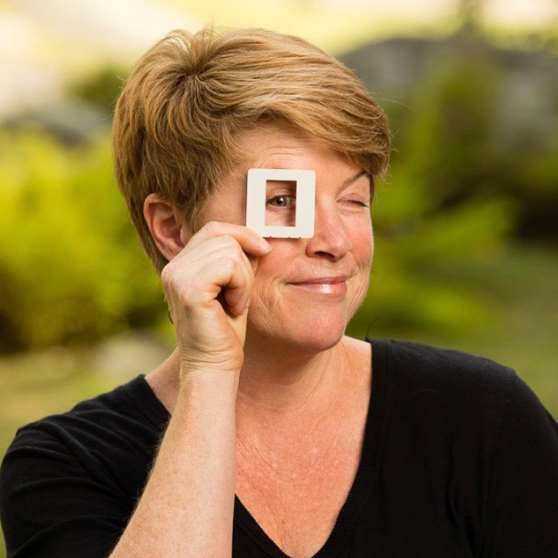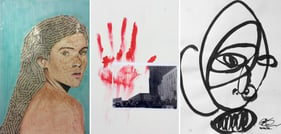Visual Arts
Find Your Creative Voice in an Artistic Community
Develop Artistic Fluency
Waring’s art program is founded on the idea that the world can be interpreted visually, and that during this process of seeing and drawing/painting/creating students more fully process what they see around them. Drawing is taught as a skill – or language – that everyone can master.
.jpg)
.jpg)
.jpg)
.jpg)
.jpg)
.jpg)
.jpg)
.jpg)
.jpg)
.jpg)
.jpg)
.jpg)
.jpg)
.jpg)
.jpg)
.jpg)
.jpg)
.jpg)
.jpg)
.jpg)
.jpg)
.jpg)
.jpg)
.jpg)

Kristin Breiseth
Art Department Chair
Art Department Goals
It is the Art Department’s goal that each and every student will move beyond basic skills in drawing to a fluency that allows them to express themselves visually and with confidence. By the time Waring students graduate, they should be able to draw from direct observation with relative ease, have an understanding of ideas related to visual art, and feel confident in their ability to express themselves visually.
The Art program is designed to build skills year to year through a progressive and linked series of curricula. Building basic confidence and skill by drawing from direct observation is the hallmark of the lower levels of the art program. In honing the ability to draw from direct observation students learn to take the time to look and see the world with greater depth and clarity. To this end, black and white is used primarily until students reach the tenth grade level. In Group 3 (Grade 10), students begin to explore both color theory and how color impacts their expressive abilities. The final two years of the art program are given over to elective offerings, and students choose a course that will allow them to explore a particular process or concept (such as photography, printmaking, or 3-D design) in depth.
Sketchbook work is an important component at every level of the art program and beyond. Student sketchbooks provides a means of assimilating the lessons taught each week and as a way of exploring their own growth as an artist and observer of the world. Their sketchbooks also accompanies students on field trips and travels, and provides a vital interdisciplinary link to other aspects of the Waring School experience.
-
Art & Drawing
The Art Department aims for students to develop a visual language grounded in observational skills. At Waring, drawing and other media are used as vehicles to actively observe; that is, to intensify seeing and to represent objects in a way other than words. Through sketchbook practice, we connect the classroom to one’s personal experience of the world. As a student’s explorations are shared with peers and with the community, an atmosphere of trust is created, which in turn enables students to become more confident and to take risks.
At all levels of the program, we build habits and skills through sketchbook and in-class work. Low student-teacher ratios and a flexible curriculum allow for varying learning styles, as do discussions, presentations, visual aids, handouts, demonstrations, visual “notecards,” and readings. Drawings are frequently printed in Le Temps Retrouvé the student newsletter, and other school publications.
-
Grades 6 & 7In Core (Grades 6 and 7), students work with fundamental drawing concepts and skills. Motor skills are developed through sequential projects in a variety of media. In Waring's Art program builds observational drawing skills, fosters expression through the visual image, develops a relationship with the sketchbook, and explores art materials through various projects. Drawing exercises identify simple shapes as a road to understanding more complex forms. Using primarily black and white media, students practice drawing contour, proportion and value. Regular critiques allow for sharing ideas, examining the work of others, and building a vocabulary and ease in evaluating artwork. Sketchbook assignments support concepts and techniques that are explored in class.
-
Grades 8-12In Group 1 (Grade 8), students expand their drawing vocabularies, working primarily in black and white media, though occasionally with clay and other materials. In Group 2 (Grade 9), the scope of materials and the complexity of drawing assignments are increased, with the goal of solidifying basic drawing skills. In Group 3 (Grade 10), students works primarily with paint and tackle the problem of color, while Groups 4 & 5 (Grades 11 & 12) choose from different media each semester for an in-depth experience: these may include ceramics, sculpture, painting, printmaking, and/or photography.

©2021 Waring School. All rights reserved.


